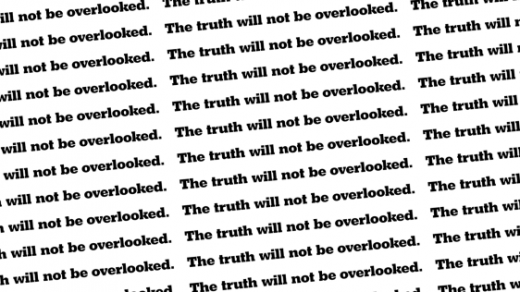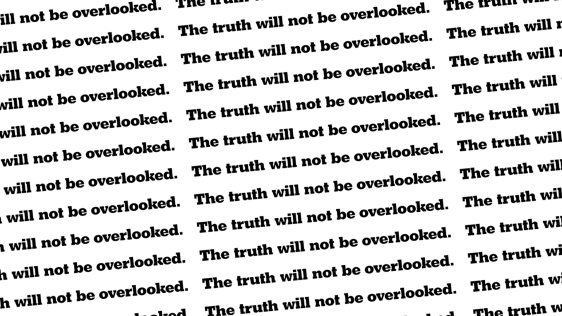A Week In Advertising’s Double-Edge Sword Of Gender Equality
The newest ad in The New York Times‘ award-winning “The Truth is Hard” campaign launched this week, featuring headlines from global women’s rights stories, and in its own description, “elevating women’s voices and exposing those who would otherwise silence them.” It’s another powerful spot from a pretty flawless campaign. And yet, it was created by agency Droga5, which in February was forced to fire its longtime chief creative officer Ted Royer, citing the need for a “safe and inclusive work environment.”
It’s a double-edged sword of gender equality in that, here we have a wonderful, inspiring piece of work about women’s rights, created by an agency with internal issues related to the treatment of women. But I’m not beating up on Droga5. If International Women’s Day has shown us anything, the agency is simply a microcosm of the ad industry overall.
We stand with women around the world to make their voices heard and their presence known. To bring them front and center, today and every day. Join us as we say #HereWeAre pic.twitter.com/cN2Ik6bZU8
— Twitter (@Twitter) March 4, 2018
As agencies and brands have rolled out a cornucopia of work to celebrate International Women’s Day, so too have some figures who are very public examples of the industry’s own struggle with workplace gender issues. On Monday, as many applauded ads from Nike and Twitter for taking on gender rights directly in two high profile ads, whistleblower site Diet Madison Avenue‘s Instagram account went dark (then reappeared), just as a group of female ad execs used Facebook and an AdAge op-ed to scold the anonymous site that publicly names ad execs accused of sexual harassment.
(March 18, 2018) news broke that Hyundai-owned agency Innocean and chief creative officer Eric Springer are being sued by former head of content production Victoria Guenier for harassment she suffered under Springer, until being forced out of her job last May. And last week in the U.K., WPP reported a 14.6% gender pay gap, with agency giants JWT, Grey, and AKQA showing the biggest disparity.
This is important for many reasons, but one is that as much as many of us would like to deny it, advertising has a profound effect on how people view themselves and the world around them. A lot of the ads and brand work created to celebrate International Women’s Day is truly inspiring and meaningful (others, not-so-much . . . or should I say not-so-wuch?), but how can there be any trust in those messages if the industry creating them is just as rife with harassment and other issues like pay and advancement inequality, as everywhere else? It’s similar to the way recent revelations about Matt Lauer should raise questions about the gender attitudes of other men in media who helped shape opinions of Hillary Clinton in the lead-up to the 2016 election.
It may be unfair to say the ad industry needs to be held to a higher standard than any other, but as one that prides itself for being on the frontline of culture, perhaps it should be. As Media Sherpas founder Nancy Hill asked in The Drum last week, “if we can’t harness culture to make our own industry better, how can we possibly help our clients?”
One way to start is by taking Cindy Gallop’s advice, “don’t use words for women like ’empower’ and ‘celebrate.’ Use words like ‘hire,’ ‘promote,’ ‘pay,’ ‘raise,’ ‘bonus,’ ‘invest,’ ‘fund,’ ‘enrich’–and DO IT.”
Fast Company , Read Full Story
(39)



